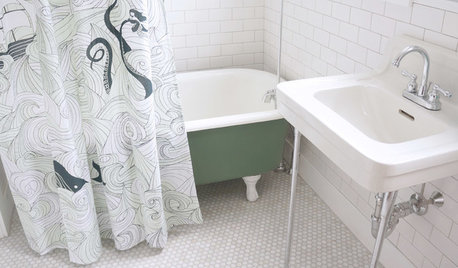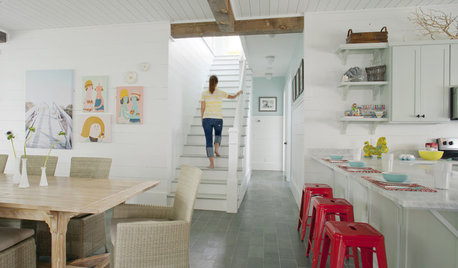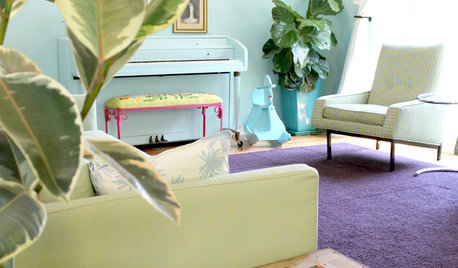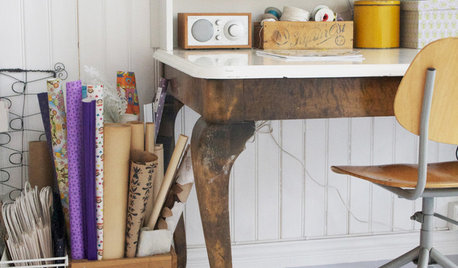Bathroom floor help!
Kiagrace
9 years ago
Related Stories

SELLING YOUR HOUSE10 Tricks to Help Your Bathroom Sell Your House
As with the kitchen, the bathroom is always a high priority for home buyers. Here’s how to showcase your bathroom so it looks its best
Full Story
BATHROOM WORKBOOKStandard Fixture Dimensions and Measurements for a Primary Bath
Create a luxe bathroom that functions well with these key measurements and layout tips
Full Story
BATHROOM MAKEOVERSRoom of the Day: See the Bathroom That Helped a House Sell in a Day
Sophisticated but sensitive bathroom upgrades help a century-old house move fast on the market
Full Story
REMODELING GUIDESTile Floors Help a Hot Home Chill Out
Replace your hot-weather woes with a cool feel for toes when you treat your floors to deliciously refreshing tile
Full Story
BATHROOM DESIGNKey Measurements to Help You Design a Powder Room
Clearances, codes and coordination are critical in small spaces such as a powder room. Here’s what you should know
Full Story
HOUZZ TOURSMy Houzz: Saturated Colors Help a 1920s Fixer-Upper Flourish
Bright paint and cheerful patterns give this Spanish-style Los Angeles home a thriving new personality
Full Story
ORGANIZINGHelpful Catch-Alls Keep Visual Clutter at Bay
What a difference it makes when you corral your stuff in pretty bowls, baskets or crates
Full Story
LIFEDecluttering — How to Get the Help You Need
Don't worry if you can't shed stuff and organize alone; help is at your disposal
Full StoryMore Discussions











detroit_burb
KiagraceOriginal Author
Related Professionals
Clarksburg Kitchen & Bathroom Designers · Four Corners Kitchen & Bathroom Designers · Lockport Kitchen & Bathroom Designers · Owasso Kitchen & Bathroom Designers · Rancho Mirage Kitchen & Bathroom Designers · Bay Shore Kitchen & Bathroom Remodelers · Allouez Kitchen & Bathroom Remodelers · Champlin Kitchen & Bathroom Remodelers · Dearborn Kitchen & Bathroom Remodelers · Mooresville Kitchen & Bathroom Remodelers · Red Bank Kitchen & Bathroom Remodelers · Tempe Kitchen & Bathroom Remodelers · Bonney Lake Architects & Building Designers · Ferry Pass Architects & Building Designers · Frisco Architects & Building Designerschibimimi
lazy_gardens
sacto_diane
powermuffin
KiagraceOriginal Author
weedyacres
thatgirl2478
jackfre
KiagraceOriginal Author
KiagraceOriginal Author
emmarene9
julieste
weedyacres
kudzu9